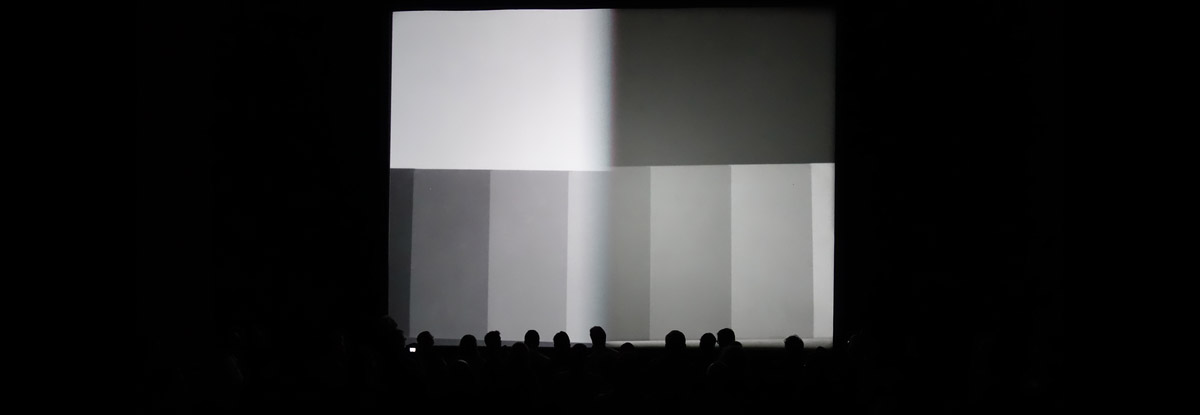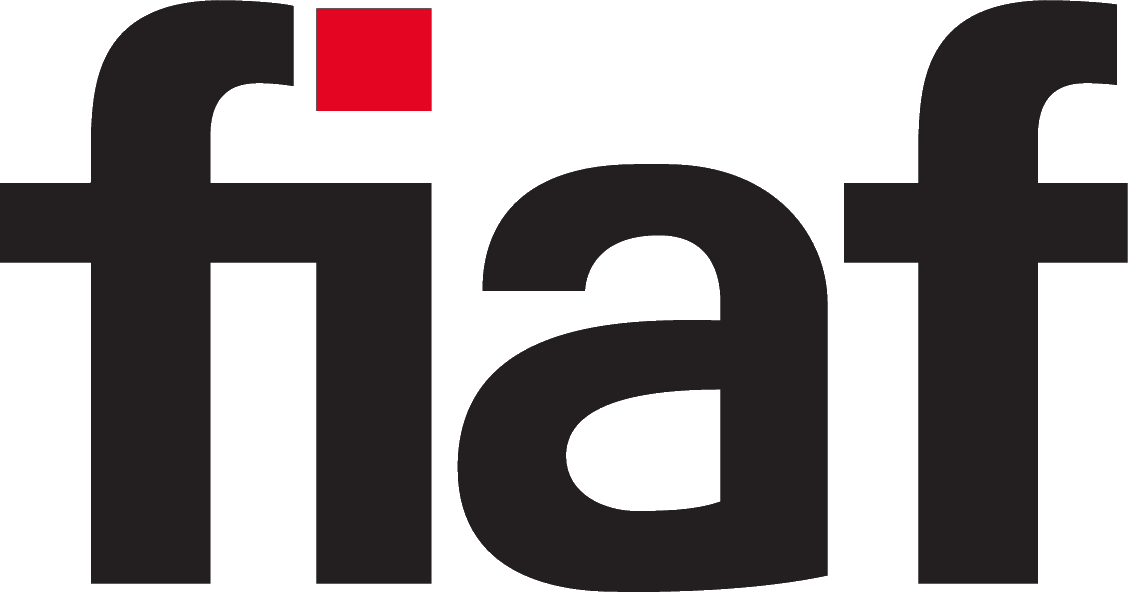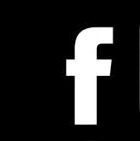 Tests on grain structure and scan resolution: comparison of 35mm and DCP, Technical Commission workshop, Los Angeles FIAF Congress, May 2017
Tests on grain structure and scan resolution: comparison of 35mm and DCP, Technical Commission workshop, Los Angeles FIAF Congress, May 2017
Two FIAF Technical Commission Workshops
Il Cinema Ritrovato 2017, Bologna
Auditorium, Piazzetta Pier Paolo Pasolini
Tuesday 27 June, 9.30-10.30am
- Céline Ruivo (Cinémathèque française): The FIAF Restoration Report Project: How to Document the Process of Restoration
The FIAF Restoration Report Project involves both the Technical and Cataloguing Commissions. Its goal is to explain how to document a restoration project, using clearer tools and standards provided by the Cataloguing Commission to organize all the data involved in a restoration – on the one hand, the research and analysis of the surviving elements; on the other, all the technical decisions that must be made in co-operation with the lab. These are intertwined; one can’t go without the other. Most archives currently use an internal report. We will also show examples of the museum procedure of “dossier d’oeuvre” (a work dossier), a documentation folder aiming to cover all aspects of preservation.
- Camille Blot-Wellens (Researcher, Lecturer): The Film Identification Project
Harold Brown’s Physical Characteristics of Early Films as Aids to Identification, published by FIAF in 1990, is probably one of the most popular publications among archivists to identify and date materials in their collections. Nevertheless, as its title indicates, Brown’s study focuses on Early Cinema. It has therefore been necessary to uncover and gather more information to identify and date film stocks.
The Film Identification Project developed by Camille Blot-Wellens in the framework of the FIAF Technical Commission aims to gather existing data and find new information (through research and film materials analysis) on film stocks in order to make it available to all FIAF members.
Friday 30 June, 10.30am-12pm
- Ulrich Ruedel (HTW Berlin): Analyzing Color Processes with Scientific Tools: Multicolor / Ufacolor / Sirius Color
At the University of Applied Sciences (HTW Berlin), moving image restoration is taught and pursued alongside more “classical” fields, such as the conservation of photographs and the conservation/restoration of archeological objects, modern materials, and industrial heritage. Approaches employing methods of using these classical conservation and restoration disciplines in the moving image field will be discussed. In particular, X-ray Fluorescence (XRF) spectroscopy and classical visual microscopy allow visualizing and elucidating the chemistries used in early applied colors, and in unusual natural color systems such as the Sirius Color process.
- Céline Ruivo (Cinémathèque française): The Digital Statement Project
The Digital Statement is a work-in-progress of the Technical Commission. The result will be a written recommendation intended to extend FIAF’s Code of Ethics in the context of contemporary questions raised by digital practices in the film restoration field and to define a common FIAF vocabulary. This will be helpful for film restorers and institutions eager to respect the aesthetics and technical characteristics of original sources and elements in the digitization process. It will also include recent research on encoding systems for the long-term archiving of files.
- Ulrich Ruedel: Scanning Sensors: The Bayer Pattern
After a brief look at the use of color (Bayer) chips in film color, we want to open up a discussion on whether the choice of scanning/imaging technology has not only practical but also restoration-ethical implications. These issues will also be considered for the FIAF TC Digital Statement.
- Tiago Ganhão (ANIM, Cinemateca Portuguesa): Tests on Grain Structure and Scan Resolution: Comparison of 35mm and DCP
The goal of this test is to study how grain structure is captured by a 4K sensor of a specific machine, and how DCP compression affects the image. Depending on the emulsion (positive, intermediate, negative), we can have different reactions to different grain once the film has been scanned. These tests will aim to help us to illustrate visually our digital statements. They consist of shooting a camera negative with 3 elements: a grey patch, grey scale, and a resolution chart. These tests are a follow-up of what was presented at the recent FIAF Congress in Los Angeles.





